The Henry Ford, also known as the Henry Ford Museum and Greenfield Village, is the largest indoor and outdoor history museum complex and a National Historic Landmark in the Metro Detroit suburb of Dearborn, Michigan, USA.
Beginning in the 1910s, Henry Ford, the founder of the Ford Motor Company, and the sponsor of the development of the assembly line technique of mass production, collected objects that reflected his personal interests in American history. He often acquired the common items of American life, and this helped him establish what is now regarded as one of the greatest collections in America. Ford started storing a few miscellaneous items picked up through the years in a spare office at the Ford Motor Company’s Highland Park plant as early as 1906-07. He believed that these objects told the real history of America, a history that was not reflected in textbooks.
The Henry Ford is about innovation, education, and ideas that changed the world. Ford, who idolized Edison, named the museum in his honor and dedicated it on 21 October 1929, the fiftieth anniversary of Edison’s invention of the electric light. The dedication was broadcast on radio with listeners encouraged to turn off their electric light until the switch was flipped at the Museum. The Edison Institute was, at first, a private site for educational purposes only, but after numerous inquiries about the complex, it was opened as a museum to the general public in June 1933.
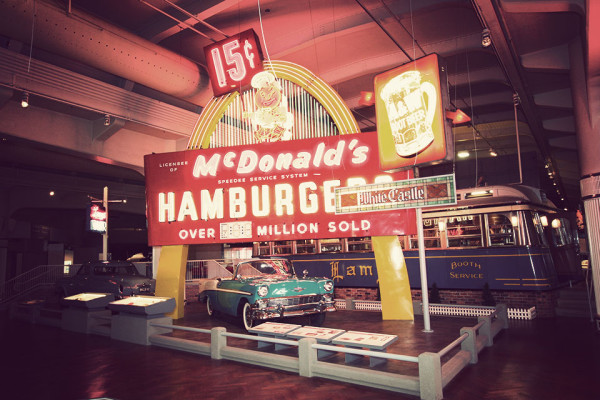
Inside the museum are such varied vehicles as a full-size steam locomotive, the Presidential Limos of Kennedy and Reagan, the Oscar Mayer Weinermobile, the chair Abraham Lincoln sat in when he was assassinated, Thomas Edison’s laboratory, the official state car used by US President Franklin D. Roosevelt, the Wright Brothers’ bicycle shop and the bus in which Rosa Parks was riding when she stood up to the system. It’s all there.

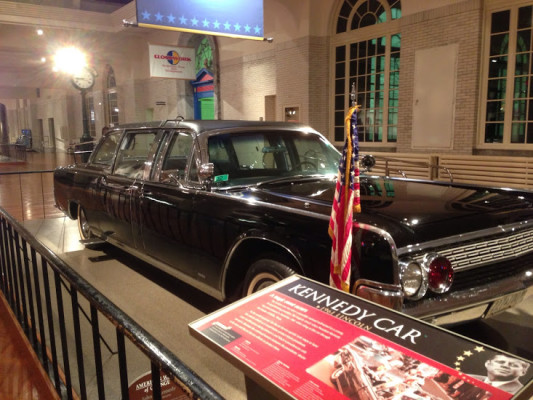
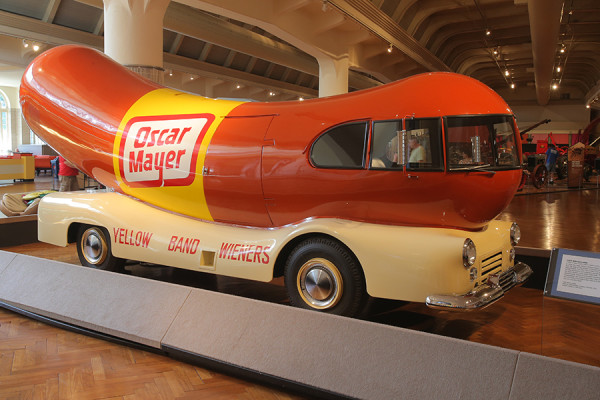
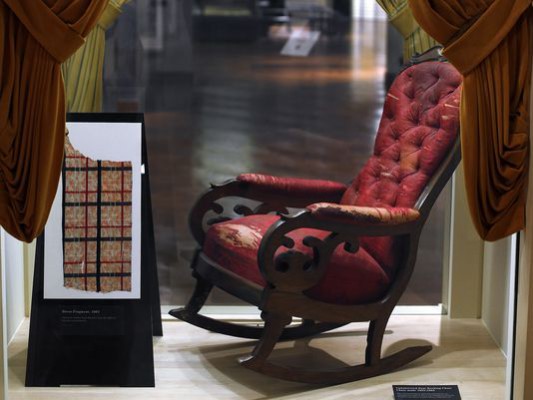
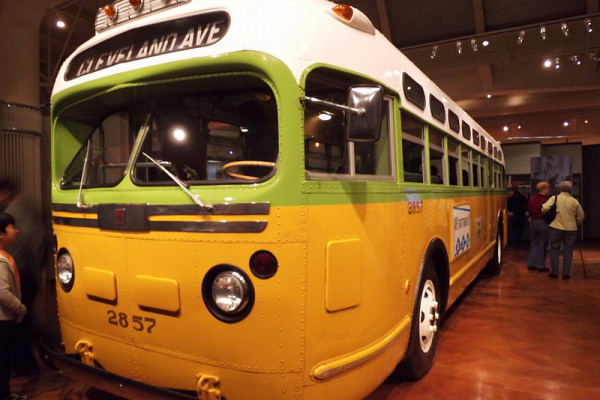
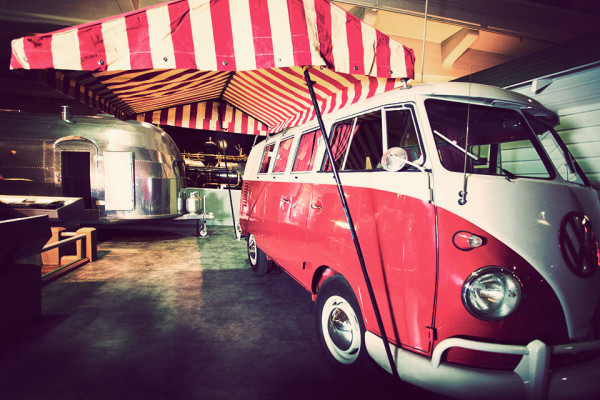
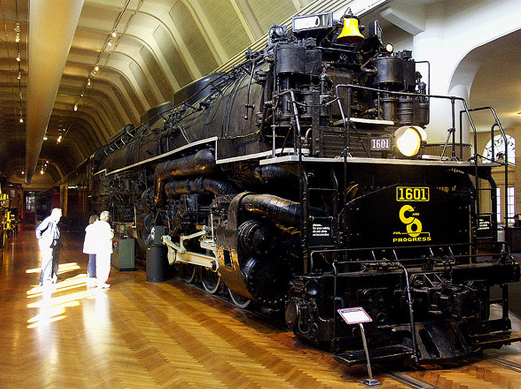
Greenfield Village consists of eighty-one public acres of historic homes and buildings. Initially, Greenfield Village and the Henry Ford Museum were owned by the Ford Motor Company. The outdoor living history section of the Henry Ford complex includes buildings from the 17th century to the present, many of which are staffed by costumed interpreters who conduct period tasks like farming, sewing and cooking. Nearly one hundred historical buildings were moved to the property from their original locations and arranged in a “village“ setting. The museum’s intent is to show how Americans lived and worked since the founding of the country. Greenfield Village has 240 acres (970,000 m2) of land of which only 90 acres (360,000 m2) are used for the attraction, the rest being forest, river and extra pasture for the sheep and horses.
“I am collecting the history of our people as written into things their hands made and used.” – H. Ford.
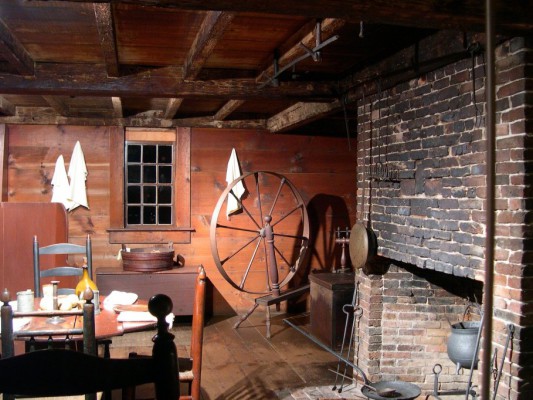
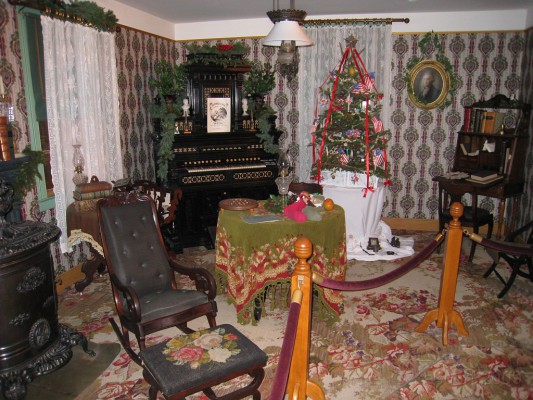

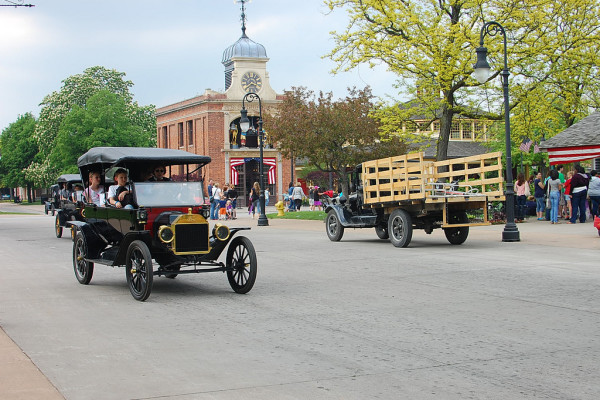
“History is bunk”
When later explaining what he meant by his often cited quote, Henry Ford remarked:
“History is more or less bunk. It’s tradition. We don’t want tradition. We want to live in the present, and the only history that is worth a tinker’s damn is the history that we make today.” (Chicago Tribune, 1916).
